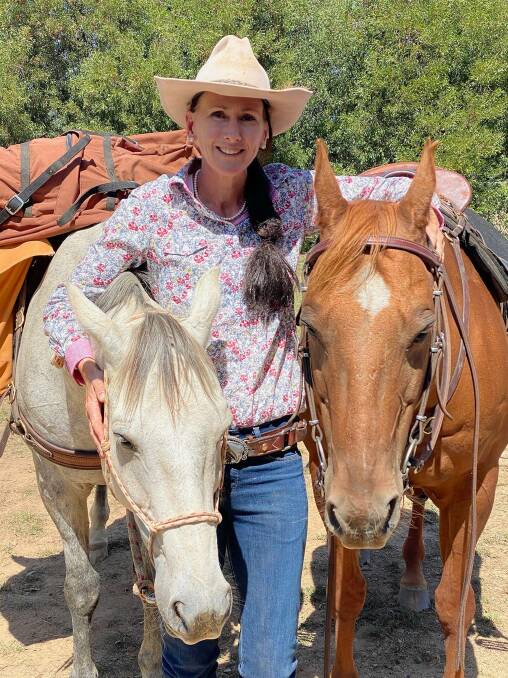Updated Mar 30, 9:15 AM; Posted Mar 29, 8:00 AM
By Jayati Ramakrishnan | The Oregonian/OregonLive
UPDATE #1 (3/29): Oregon Parks and Recreation Department spokesperson Chris Havel said the mule was found around 7:30 a.m. Monday.
UPDATE #2 (3/29): Hickory the mule is back home after leading hikers to injured owner, then disappearing into forest
----
On Sunday, a mule led a pair of hikers through a Clackamas County state park to the spot where its injured owner had fallen earlier in the afternoon.
Then it disappeared into the forest.
The Clackamas County Sheriff’s Office said a 60-year-old man, whom they have not publicly identified, was riding his mule on trails at Milo McIver State Park, when they believe he fell off and hurt himself.
The mule began walking alone on the trail until it found two people hiking, said Sgt. Marcus Mendoza, then led them back to the injured man.
One of the hikers who found the mule, Doug Calvert, said he and his wife were on foot on a popular equestrian trail around noon when they saw what they thought was a horse walking toward them.
As they got closer, they realized the animal was a mule, and it was alone and watching them.
“It kept stopping and looking back to make sure we were following it,” Calvert said...
Read more here:






